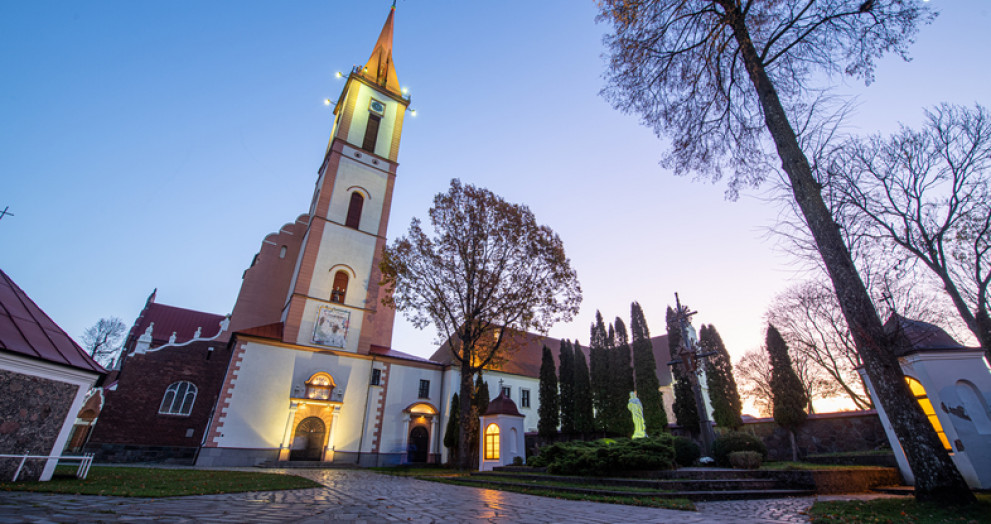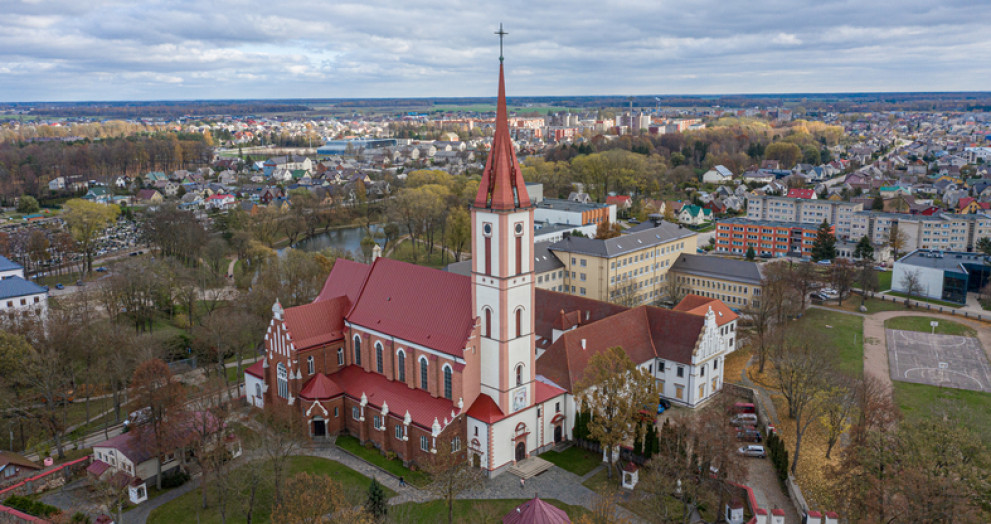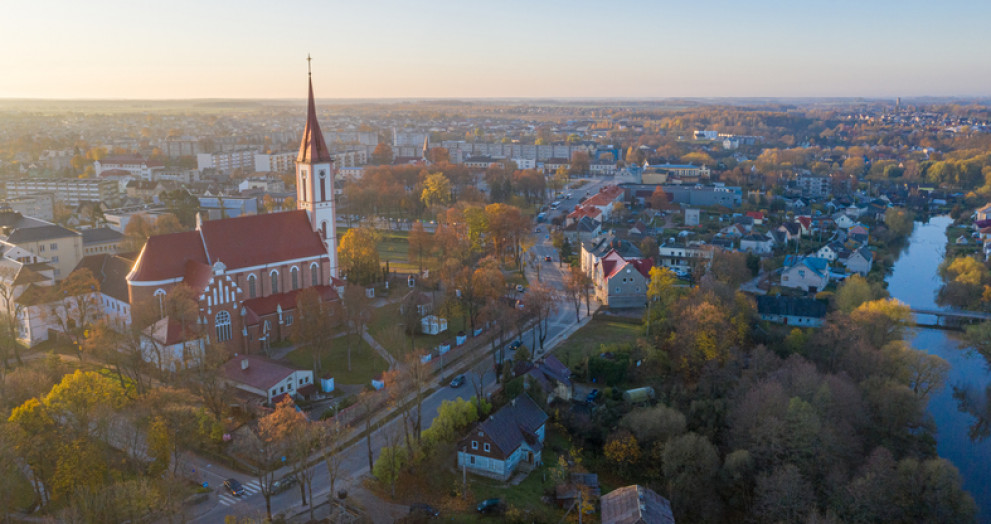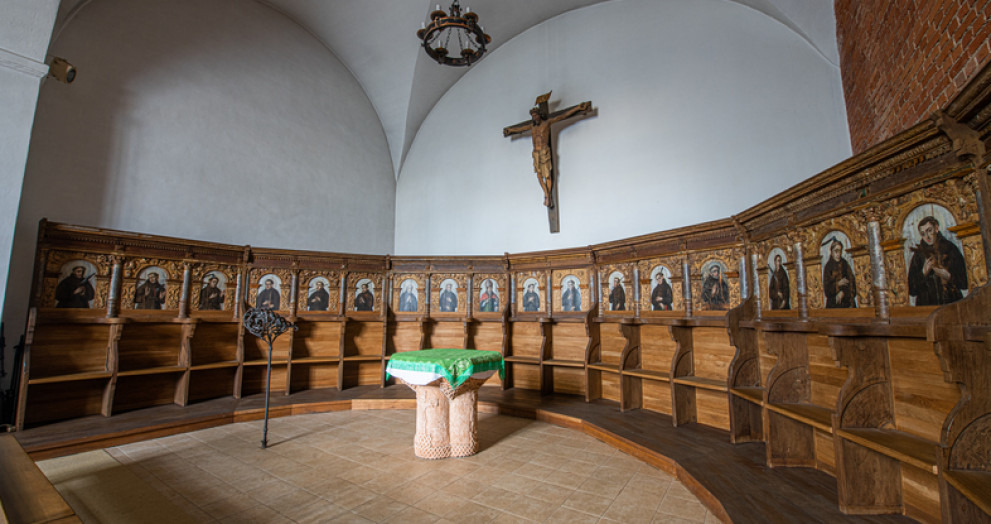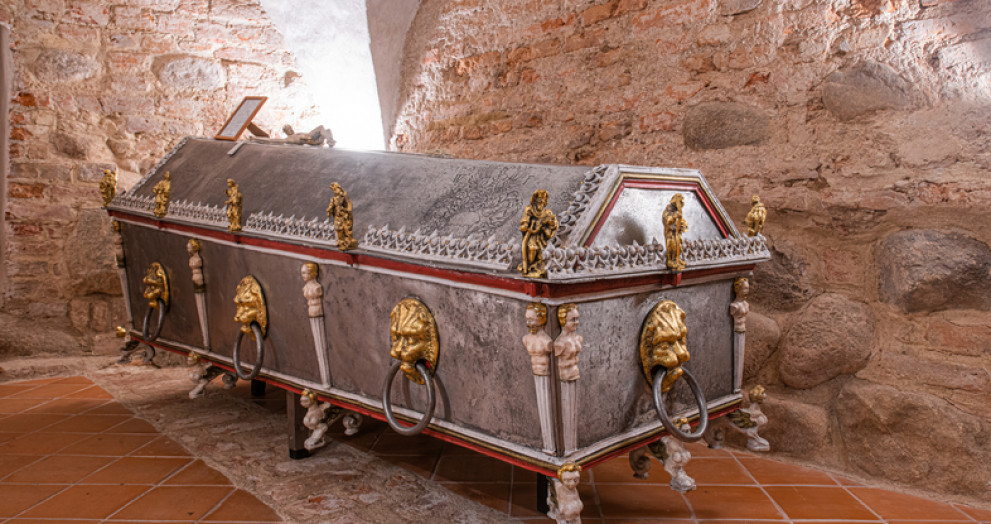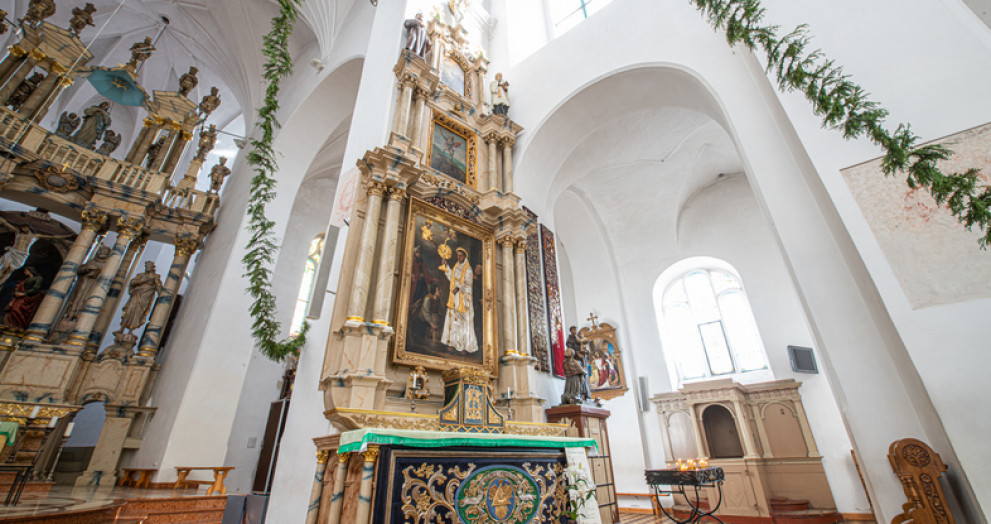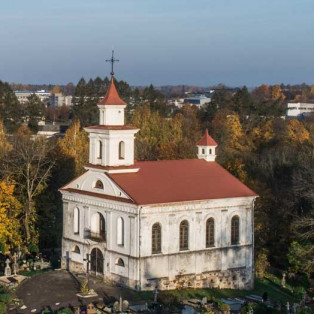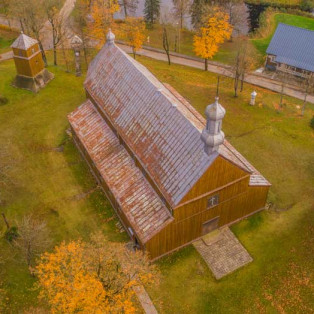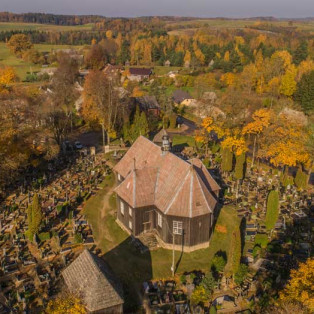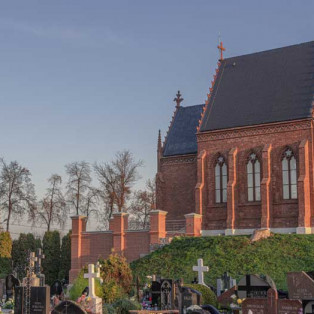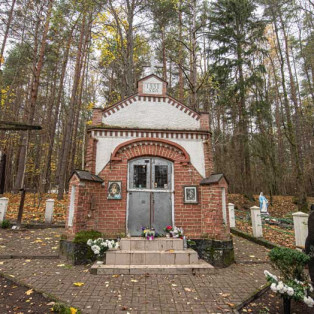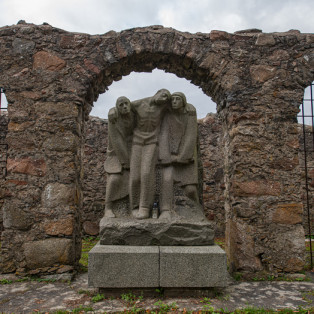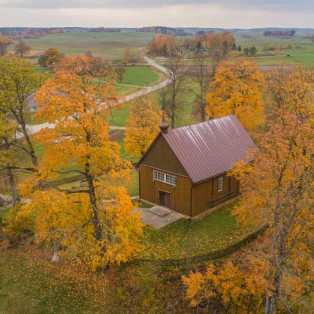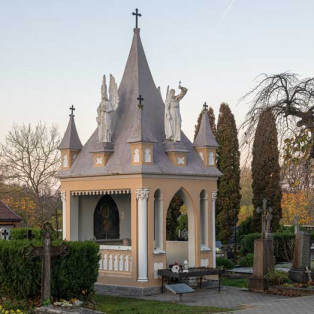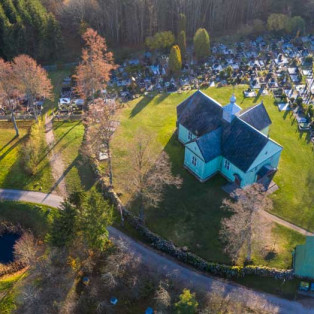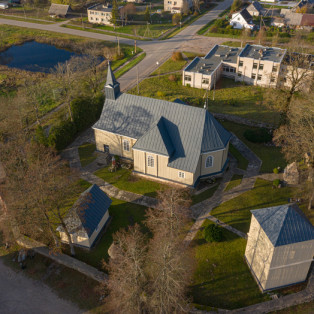The Lord’s Revelation to the Virgin Mary Church building, which can be found at the centre of Kretinga Town, is one of the oldest churches in Samogitia. The masonry buildings of the monastery and the church were built in 1605-1617. They were built by a nobleman of the Lithuanian-Polish Commonwealth, Jonas Karolis Chodkevich, on his wife’s initiative, and the development of the whole town of Kretinga is directly tied to the establishment of the Franciscan monastery.
The monastery and the church were raided by the Swedish army in 1659 and again in 1710; however, the post-Chodkevich ruler of Kretinga – Kazimieras Povilas Jonas Sapiega – took care of repairing the buildings and renewed the altar of the church. In 1907-1912 the church was rebuilt, two side naves were annexed and a spacious masonry transept was built, as well as a new wooden tower.
In the beginning of the 19th century, priests who had been condemned by the Czar of Russia settled there, along with the monks of other monasteries that had closed. However, the cultural significance of the monastery grew in the 20th century, when a modern school was built in the inter-war period: St. Anthony’s Mission College, St. Anthony’s Palace. At that time, the monastery had its own press and book bindery, a wealthy library and even a movie theatre; therefore, it was considered to be the administrative and spiritual centre for Lithuania’s Franciscans.
In the middle of the 20th century, the church was damaged by the fire and was also partially damaged during WWII. Finally, the Soviet government confiscated the property and limited the church’s activities.
The Lord’s Revelation to Virgin Mary Church can be attributed to the architectural styles of the Gothic and Renaissance; however, Baroque characteristics are also present. In total, seven altars were created in the church during the 17th to 18th centuries, with carvings, sculptures, a decorated pulpit and painting of St. Anthony with great sacral value. Within the church some of the oldest organs in Lithuania can be found, which have been dated to 1774. Under the central altar, members of the Chodkevich family, the founders of the church, are buried along with the Franciscan monks.
In 2008, the church building complex was declared as a state-protected cultural monument.
- Audio guide (1.9 MB )



